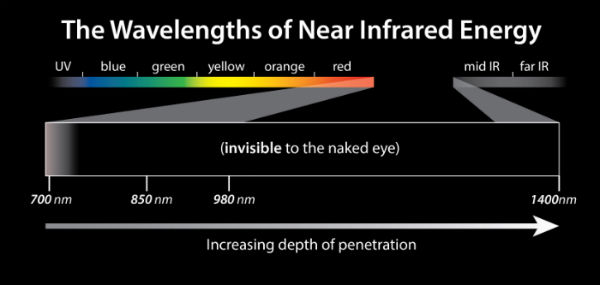As an astronomer, one of my first big purchases was the light-saber-type green laser. I mean who doesn’t want to own a light saber. Naturally, I was warned not to shine it towards visible satellites and airplanes, and of course, never point at someone. Turns out, that isn’t the even biggest concern! The concern lies […]
As an astronomer, one of my first big purchases was the light-saber-type green laser. I mean who doesn’t want to own a light saber. Naturally, I was warned not to shine it towards visible satellites and airplanes, and of course, never point at someone.
Turns out, that isn’t the even biggest concern! The concern lies in what you can’t see, infrared light. These lights are poorly regulated and usually don’t have an IR filter, and are leeching invisible infrared light. We are risking our precious eyesight for the convienence of being able to point to specific stars.
As a visual observer, this is big! My eyes are my most valuable tool. I need to keep them in top notch condition. Even 5 minutes of exposure to a bad green laser begins to change the proteins in your eyes. I don’t know about you, but when that laser comes out, I talk about constellations for more than 5 minutes and it’s usually to a crowd of people. Not only am I damaging my eyes and other unsuspecting adults but the eyes of children.
As I said, momma was right, let’s put those lasers away, before we hurt ourselves or someone else.

From the Indian Journal of Opthamology, Eman Mohamed Aly and Eman Saad Mohamed did a study on the effects of infrared radiation on the eye, and this was their finding
The results indicated a change in the molecular weight of different lens crystalline accompanied with changes in protein backbone structure. These changes increased for the groups exposed to IR for 10 minutes. Moreover, the activity of Na+-K+ ATPase significantly decreased for all groups.
In addition, they found that
Exposure to IR radiation may cause the corneal opacity, burns on the retina, miosis, breakdown of blood–aqueous barrier and delayed cataract. The present study is an attempt to investigate the effect of IR radiation with different exposure times (5 and 10 minutes) on the molecular structure of the soluble lens proteins.
Source – https://www.ncbi.nlm.nih.gov/pmc/articles/PMC3116568/